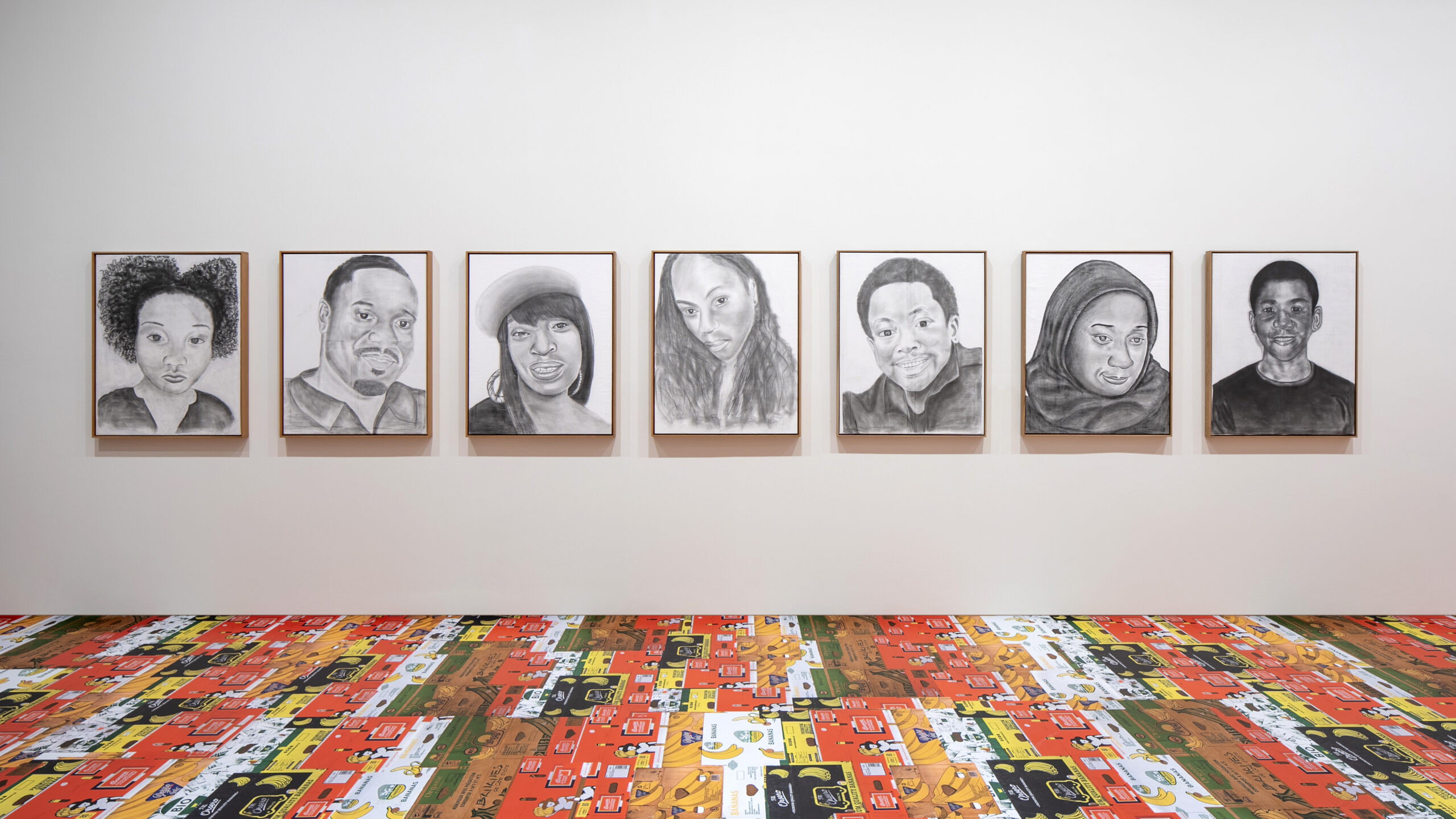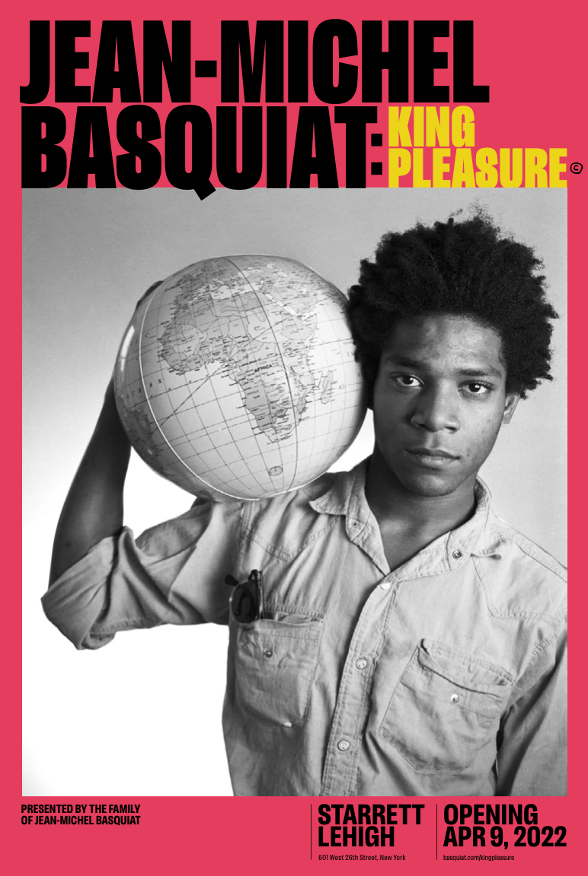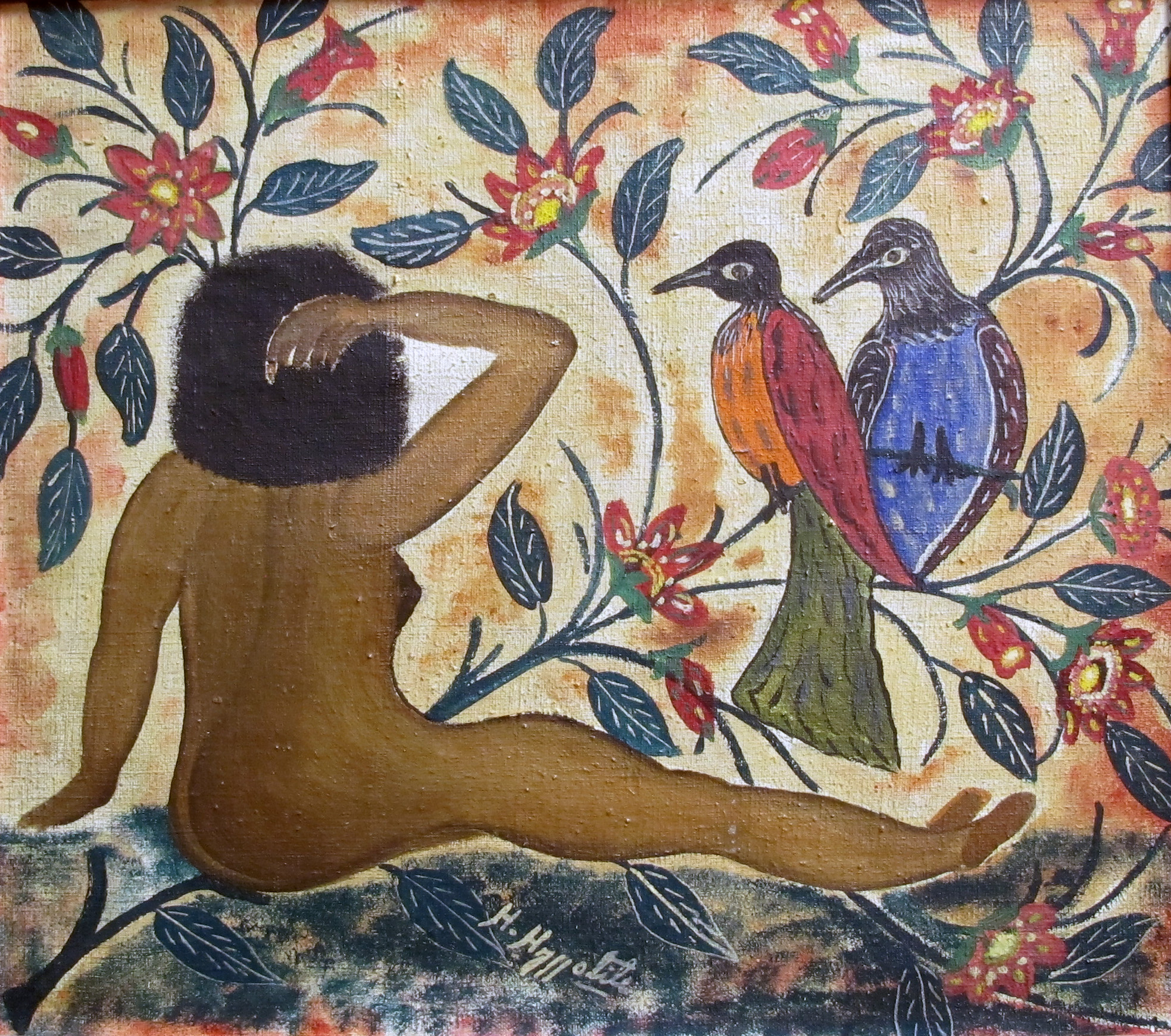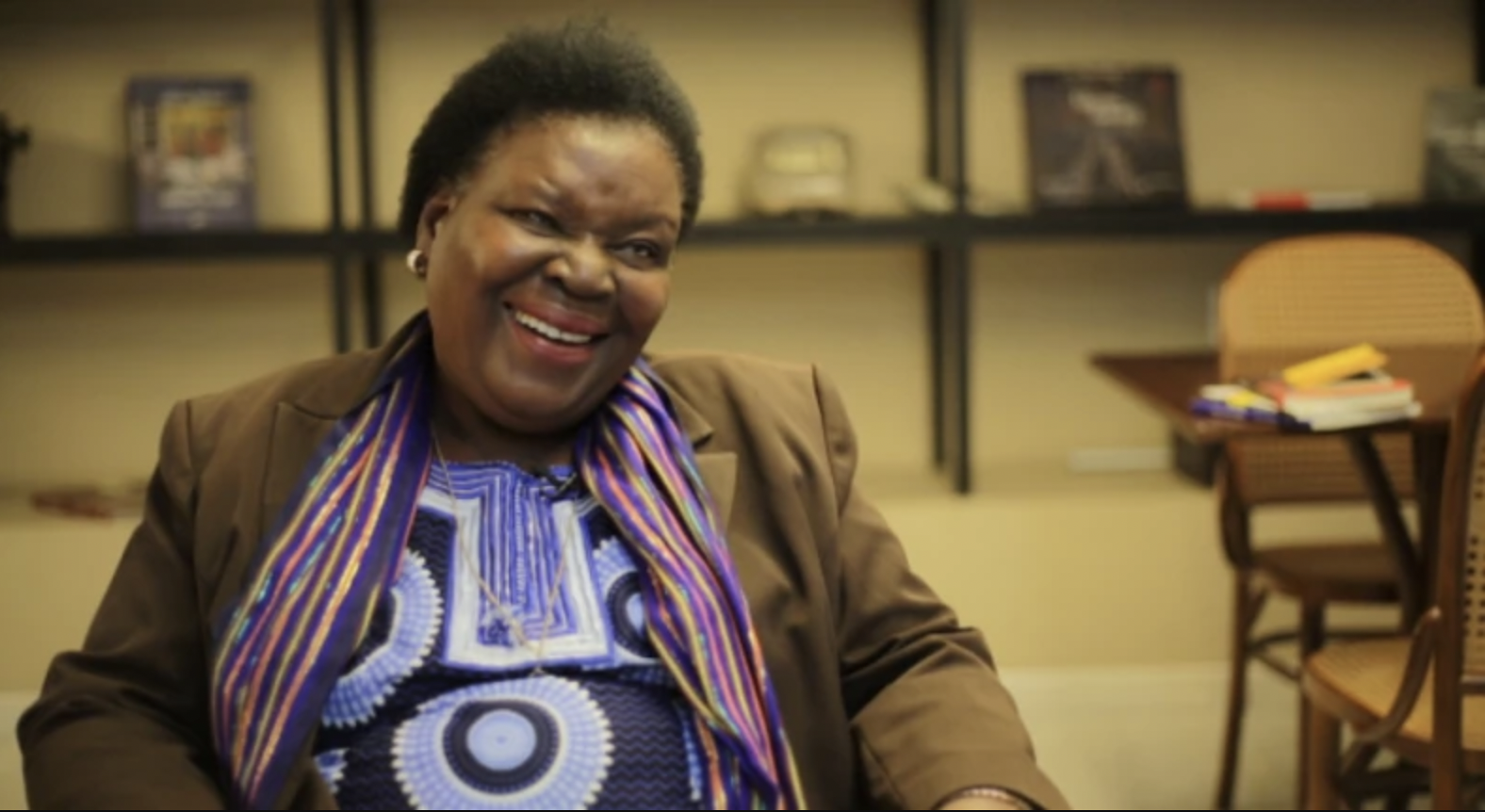Above:Above: Black Lives Matter, Korryn Gaines, Walter Scott, Charleena Lyles, Kisha Michael, Tyre King, Jessica Leanne Nelson-Williams, Trayvon Martin, 2018. Graphite on canvas Courtesy of Barthelemy Toguo and Galerie Lelong & Co.
Savannah College of Art and Design (SCAD) has established itself as a giant in arts education. In 1978 in Savannah, Georgia, art teacher and current president Paula Wallace founded the school with just 71 students. Today, the university enrolls more than 14,000 students worldwide. In addition to the Savannah campus, there are campuses in Atlanta, Georgia and Lacoste, France.
Brick by brick, SCAD has become a gateway for students seeking an education and profession in art and design. The university offers over 40 majors in more than 60 creative disciplines. With a robust reputation and exceptional resources, SCAD Museum of Art serves as a fundamental platform to support artists and exhibit art. The museum commissions artists for feature exhibitions and draws from its rich pool of students and alumni for topical exhibits throughout the year.
Located in Savannah’s bustling downtown historic district, the SCAD Museum of Art is a striking space. In 2011, the museum underwent a major expansion. In a past life, the building served as an antebellum railroad depot. Today, the depot architecture is the only surviving of its kind. The museum’s ample footprint of 82,118 square feet is impressive. With an abundance of space, the museum’s curators have an opportunity to develop exhibits that target students and the community. Students also are involved in museum operations. All of the gallery attendants are students. Like a badge of honor, their name tags list the major degree they are pursuing.
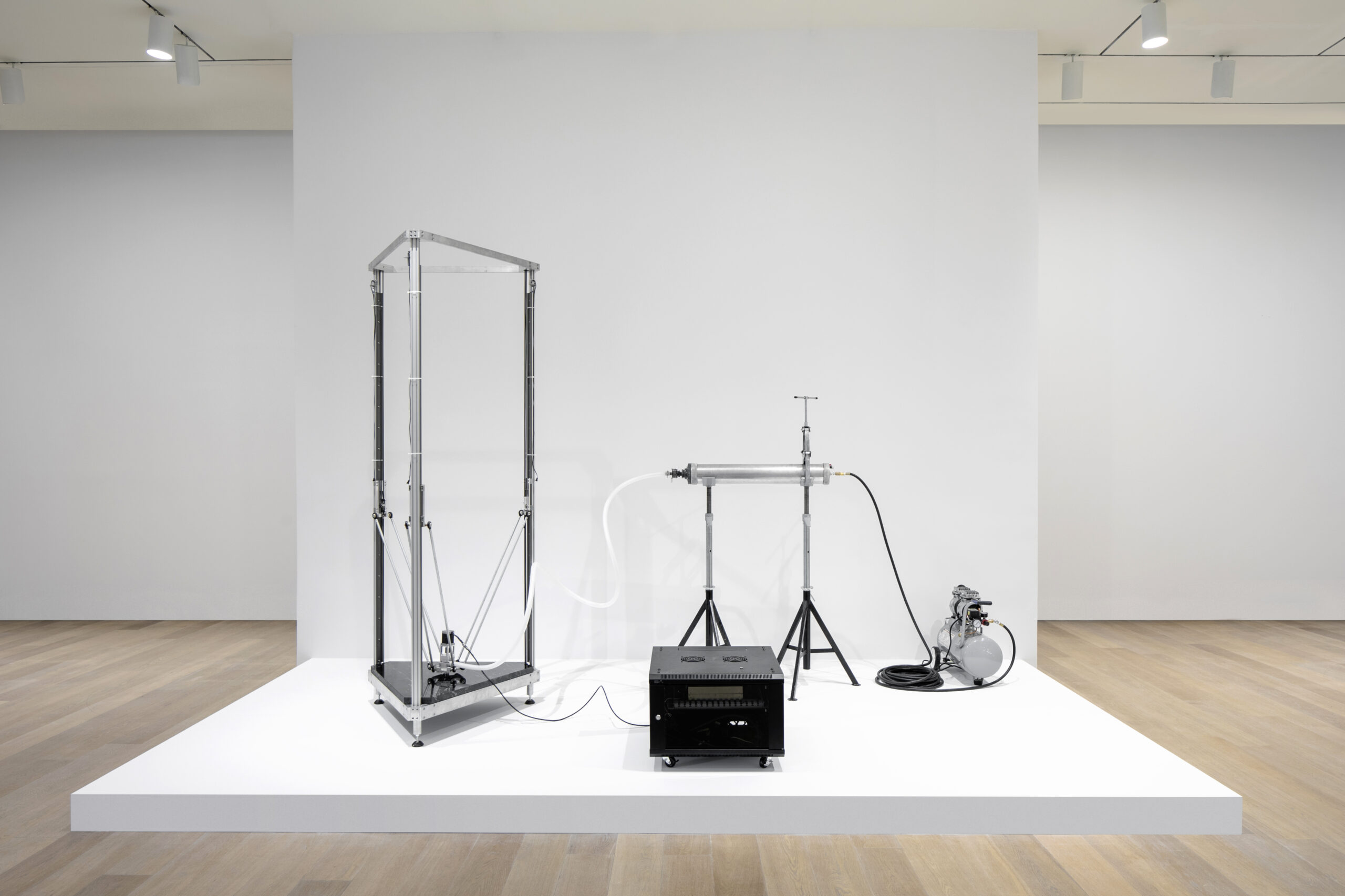
As an international institution, SCAD has extensive reach, sourcing artists locally and globally. In its 13th year, the SCAD deFINE ART program drives the reach. The annual program includes new commissions, exhibitions, lectures and performances that bring together an international roster of emerging and established artists and visionaries. The current exhibition program includes French Cameroonian artist Barthélémy Toguo and African American artists Matthew Angelo Harrison and Doreen Lynette Garner, among others. With each exhibition cycle, the museum curators develop a schedule reflective of the diverse backgrounds of SCAD’s student body and beyond.
As part of the museum’s expansion, the Walter and Linda Evans Center for African American Studies was launched. The Evans Center Gallery is a dedicated space to exhibit relevant work by African American and diasporic artists. Dark Silhouettes, by sculptor Matthew Angelo Harrison, on view from Feb. 21-Aug. 1, exemplifies the vision for the Evans Center.
Evans Center Gallery boasts sleek white walls with areas of exposed brick. High ceilings carry an echo with each step across the hardwood floors. The sight of anthropomorphic figures encased in sizable blocks of dark resin is both intriguing and haunting. The echoing sound and bright light add an eeriness to the scene. Harrison’s sculptures are perched on bespoke pedestals throughout the space like specimens in a laboratory. Much like Hollywood science fiction or horror films, it requires a second look to determine what is floating in the scientist’s vessels. What is being researched or discovered?
The unexpected silhouette and full form of traditional African sculpture encased in dark, transparent resin are arresting. Much is left to the imagination regarding the origin of the wooden sculptures. The tribe or style of the figures are peripheral; understanding the objects as African is vital. Like most African sculpture in museum settings, the ritual or divining object is divorced from its utilitarian roots. Yet, the resin and treatment of the resin charge it with some other power.
Carefully crafted embellishments mimic industrial mechanisms on the surface of the resin blocks. Rotor and bolt shapes reveal an engineering design treatment that references Harrison’s Detroit roots. He was a clay molder at Ford Motor Company. Factory work was a common livelihood for generations of Black people in Detroit. At one time, the city was a thriving industrial hub and Great Migration destination for the descendants of enslaved Africans from the South. Dark Silhouettes targets the significance of his various histories and identities, of labor and technology.
The futuristic aesthetic of Harrison’s sculpture cannot be overlooked. A 3D printing machine is included in the exhibit. It represents a tool and production mechanism. So too are the African sculptures that serve as proxies for Black bodies who operated machinery during the Industrial Revolution and as free laborers in the antebellum South. The undertone of science fiction and Black horror cannot be overlooked either. Dark Silhouettes is a haunting title, but it also exposes how this series and body of work dialogue with shadows of American history.
With Pale in Comparison, Doreen Lynette Garner confronts the terroristic past of European colonization and its impact on Black and indigenous populations around the globe. The irony of exhibiting this work in a space that was once a station servicing antebellum Savannah is notable. It’s likely that centuries ago, enslaved people crossed the same thresholds. And it’s certain that slave owners conducted business at the depot. The black walls and flooring in the gallery strike a jarring effect on the senses. Light only is illuminated on the pale, macabre objects; darkness swallows everything else.
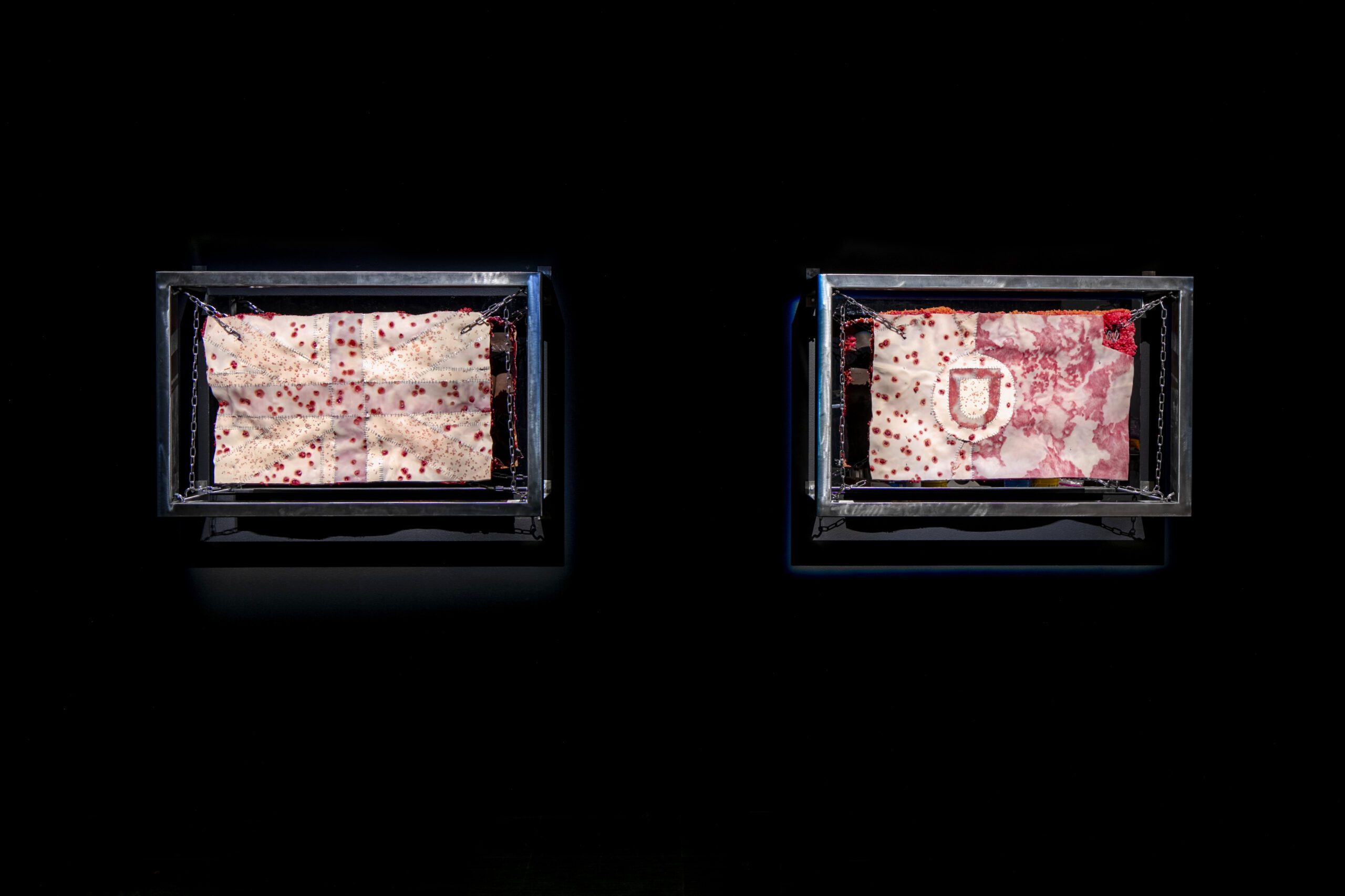
Pale in Comparison surveys Doreen Lynette Garner’s continued exploration of toxic colonial histories. As a result of the tragic, high-profile murders of George Floyd and Breonna Taylor in early 2020, Garner decided to alter her practice. During the pandemic, she redirected her work from representing Black bodies to white bodies. This shift allowed her a respite from unrelenting Black death at the hands of whites. Sculptures from this series feature her signature abject style coupled with ornate, precious details. However, she incorporates white or pale skin to expose the horrors of exploitation.
Garner has developed a mastery of her media and the construction of anatomical forms. Among other materials, she incorporates silicone, insulation foam, glass, beads and crystals in her sculptures. A set of ”flesh” flags made of silicone and treated to appear as diseased skin reference the biological harm Europeans introduced to populations. White flesh depicting the flags of Portugal and Britain suffer spots of smallpox and syphilis rash. Chains uncomfortably pinch and pull all four sides of the flags’ ”skin.”
This treatment of the sculpture underscores the notion of brutality. Titled Roughly Documented, Three Million Eighty-Eight Thousand Seven Hundred and Seventy-Six, the work references the death toll of indigenous populations wrought by European colonizers and enslavers. The flags are designed where the rear is just visible by peeking behind the frame. Garner crafted Black silicone flesh on the back of the flag representing the Black and Brown people who were victimized over the centuries. With a heavy hand, Garner’s work leaves little to the imagination regarding the repulsive effects of colonialism.
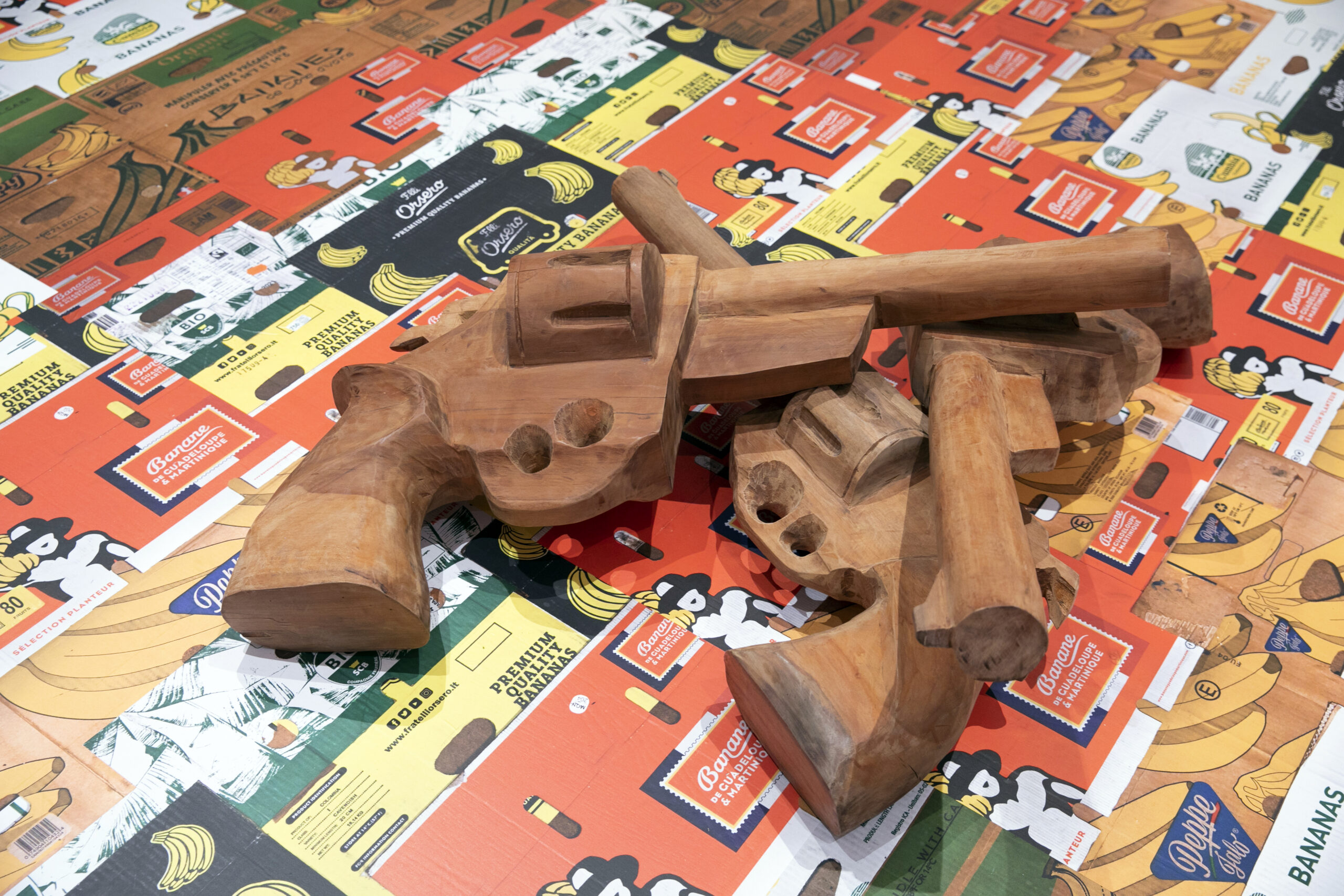
International artist Barthélémy Toguo created Urban Requiem in 2015 for the Venice Biennale. Famed curator Okwui Enwezor challenged participating artists to respond to the theme, ”All the World’s Futures.” It’s clear that from concept to content, Toguo is harnessing his global perception. He splits his time between Paris, France and Bandjoun, Cameroon, and therefore, has a broad view of the world. He has experienced colonialism as an African but also chooses to live and work in a country of his ancestors’ colonizers.
Toguo’s artwork transforms the gallery. Stepping into the space feels like being transported to another country, specifically because of how the floor is treated. As part of the installation, the floor is laminated with a design to mimic produce boxes, mainly of bananas from Cameroon. Vibrant red, yellow and black colors expand to every corner of the gallery. Triangular-shaped shelves stand in the middle, and each unit has three shelves. On the shelves are bulky wooden objects. Their placement is reminiscent of how goods or even produce would be placed on shelves in an international market. They are large but of varying shapes and sizes.
These goods, however, are blunt wooden objects that, at a glance, resemble crudely carved busts. Upon a closer look, they are extra-large stamps. On the bottom of each object are unique words or phrases like ‘lives stolen, Africa, hands up, don’t shoot,’ etc. To emphasize the relevance of the carved text, Toguo imprints their messages on stark white paper. The paper is mounted roughly on the black painted surface of the center wall in the gallery. The play of black and white could easily reference the racial differences between the oppressor and the oppressed.
Graphite portraits of youth like Trayvon Martin, who have been lost due to racist gun violence, line the wall. Larger-than-life-size wooden carved guns lay in a pile near the portraits to pronounce their relevance. Toguo’s method for carving the wood is with a chainsaw. This is not a delicate tool, and the issues the artist is addressing bluntly are difficult. The interplay of the stamps, resembling human busts, is striking. Perhaps the bust/stamps are a proxy for human beings.
One must travel internationally to receive passport stamps. The floors of the installation resonate with an international vibe. With the bust-like sculptural stamps, Toguo is uniting the body with the stamp and the messages they relay: issues of racial violence, various social and political movements, texts in multiple languages. They all speak to human experiences. The stamps sit on the shelves of our global past and present. At the time when this work was produced, they also reference the future as many of the same issues persist today.
Toguo includes a hopeful gesture with an interactive component to the installation. Part of the exhibit invites visitors to reflect and write a response about what they see for the future. Past responses are mounted nearby as an inspiration and indication of Toguo’s interactions with people around the world and their engagement with his art. With this addition, he provides a holistic account of the challenges and opportunities available within the human experience.
SCAD Museum of Art serves a useful purpose with the deFINE ART program. It truly supports artists in a most significant way by providing commissions and an exceptional platform to exhibit art. The attention to diversity is absolutely necessary in today’s political climate in a location with a challenging historical past and in an educational atmosphere with students from far and wide.







